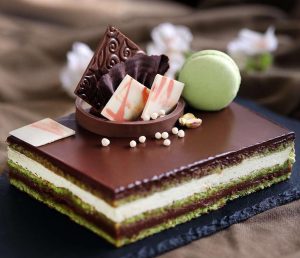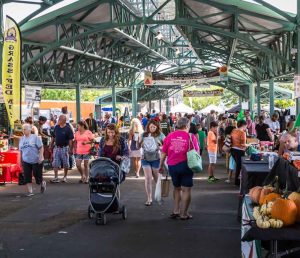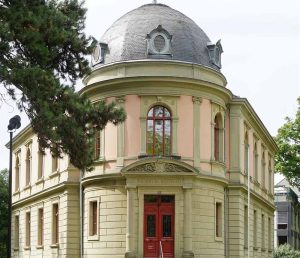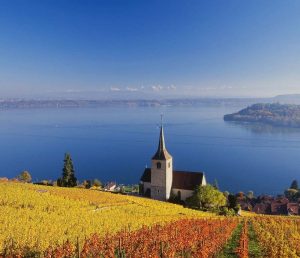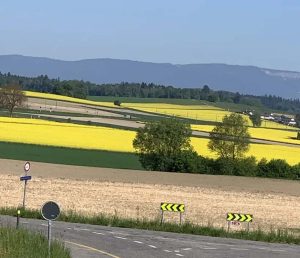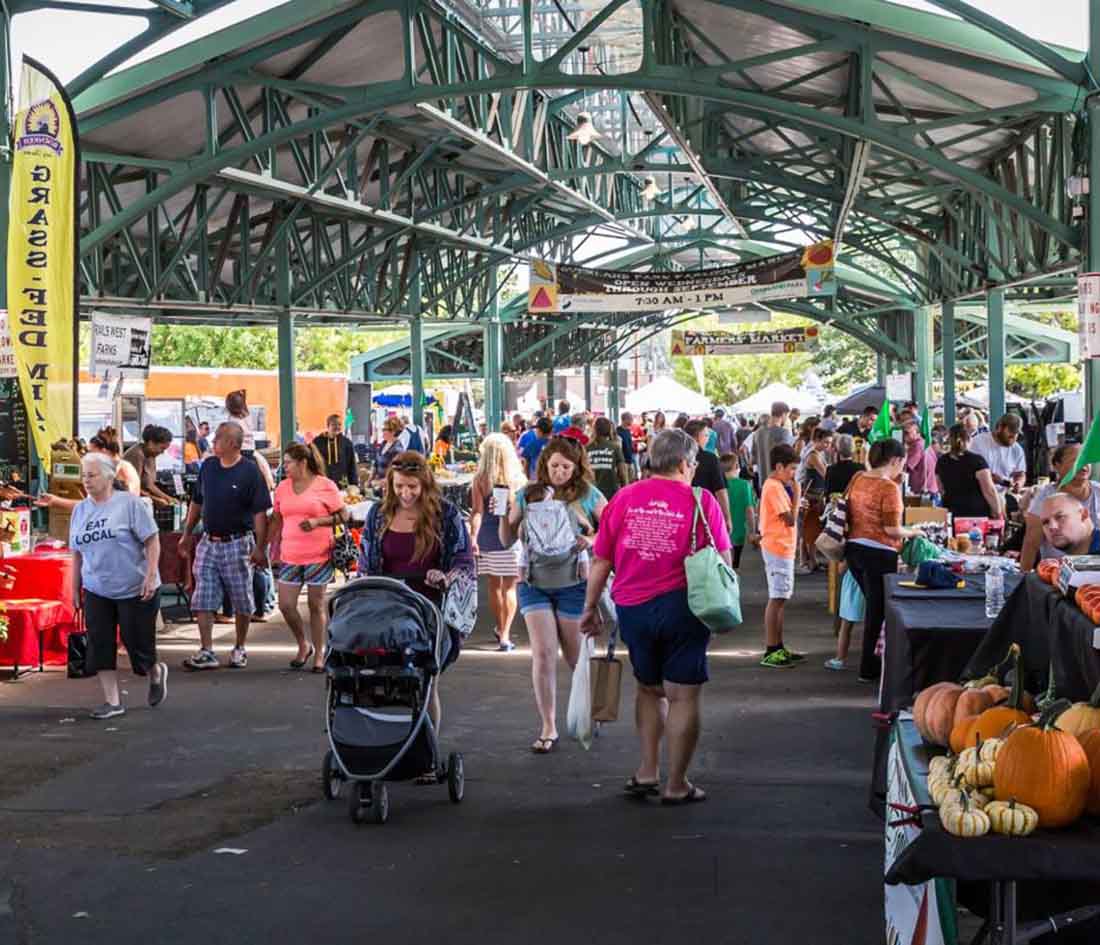
1. Arrival in Biel: A Town Where the Air Itself Feels Honest
The train slid gently into Biel/Bienne station on a bright Thursday morning. The soft chiming of the station clock echoed through the crisp air, and I stepped out into a town that felt simultaneously modest and proud. Biel, or Bienne in French, is a bilingual town resting gracefully between the Jura mountains and Lake Biel, and right from the beginning, it had the quiet conviction of a place that doesn’t need to announce itself. It breathes history, but not in the way of grand monuments; it’s a history rooted in routine, craftsmanship, and continuity. There’s a timelessness in the way people walk, in how the baker opens his door at dawn, in how bicycles outnumber cars in the narrow streets.
With my luggage stowed and lodging settled near the Nidau quarter, I made my way toward what had drawn me here: the local farmers’ market, reputed for its freshness, sustainability, and unpretentious charm. Held twice a week in the Altstadt—the old town—it has become something more than a marketplace. It is a meeting point of seasons, people, and purpose.
2. First Glance: The Market as a Living Organism
The market begins to unfold around 7:30 a.m., but by the time I arrived closer to nine, the square was already humming. Wooden crates were stacked high with produce, colorful umbrellas bloomed over every stall, and the scent of herbs, soil, and morning bread mingled in the air. Elderly couples leaned in close to inspect plums, while schoolchildren darted between cheese wheels and wildflower bouquets. It wasn’t loud, but it wasn’t quiet either; the energy pulsed steadily, as if the town itself was breathing through the market.
There’s no entry gate, no official start—just a gentle gradient of presence. The deeper you walk, the more time seems to stretch and slow. Some stalls are small, barely more than a table and a smile, while others boast elaborate displays of heirloom carrots, sun-kissed tomatoes, or cured meats swaddled in linen. Yet there’s a visual coherence: handwritten price tags, baskets woven by hand, and tablecloths with embroidery older than the vendors themselves.
3. The Language of the Land: French, German, and Silence
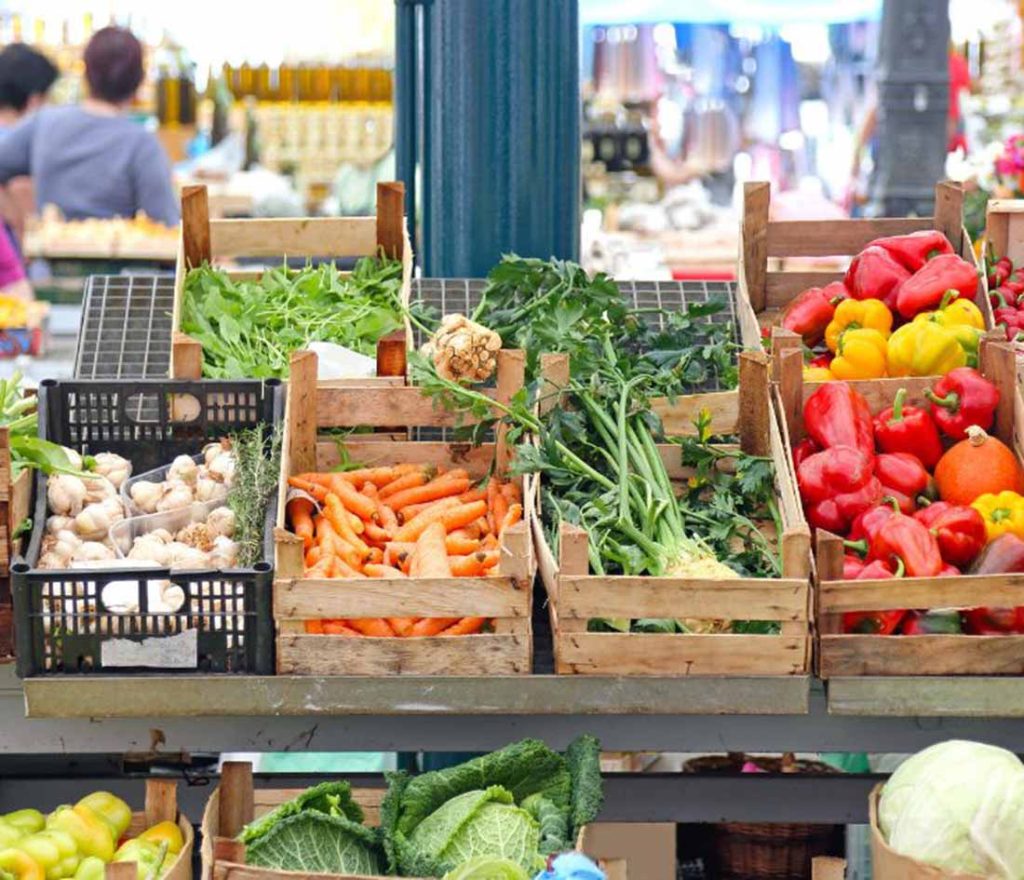
Biel’s bilingual identity shapes the market as surely as its geography. One stallholder greeted me with a warm “Grüessech,” the Swiss-German salutation, while just across from her, another welcomed shoppers in lilting French. It’s not chaotic—it’s conversational, like two melodies harmonizing. Vendors and buyers switch fluidly between languages, and occasionally, gestures and smiles suffice.
This dual identity becomes most charming when the signs at stalls mix languages—“Frische Aprikosen – frais du jardin” scrawled in chalk. There’s no translation, just coexistence. And interestingly, the longest conversations often occurred without a word. A farmer passed a slice of pear to a passerby, waited, nodded, and filled a paper bag without exchange beyond eye contact. These small silences had weight.
4. The Produce: Food That Hasn’t Forgotten Where It Came From
The first plum I tasted was small, dark, and bruised along one edge. It came from a wooden crate labeled simply “Locaux.” It burst between my teeth, sweet and sour, still carrying the memory of the tree it fell from. Unlike supermarket fruit, these hadn’t been trained to uniformity. The apples had dimples, the carrots weren’t straight, and the cucumbers bore faint traces of soil, unapologetically themselves.
Each farmer I spoke with had a specific relationship with their goods. One man from Evilard showed me a crate of potatoes, each the size of a fist, each slightly different in shade. “These know the season,” he said in Swiss-German-accented English. “In May, they are arrogant. In June, they are kind.” I asked him how long he’d been selling here. He pointed to a yellowing photograph taped to the side of his stall—a black-and-white image of a boy behind a table of onions. “Mein Vater,” he said. “And now, my son.”
The tomatoes, especially, caught my eye. Shaped like little lanterns and colored from green to deep crimson, they had names I’d never heard: Rose de Berne, Noir de Crimée, and Green Zebra. I tasted a slice of the Rose de Berne—it was warm from the sun and tasted less like a vegetable and more like a conversation, subtle and lingering.
5. Cheese: A Tradition in Every Texture
No exploration of a Swiss market can avoid cheese, nor should it try. The first stall I visited was run by a stooped man with calloused hands and a face that told of winters spent in alpine barns. His table featured an arc of wheels—soft, hard, smoked, and aged.
I asked about the origin of a particularly fragrant variety, pale yellow and edged with herbs. “From the Tête de Moine,” he said, “but we age it in hay from the south slope of the Chasseral.” He sliced a curl for me using a girolle, the traditional scraper. The result was floral and grassy, delicate and robust. “We do not make cheese,” he added. “We invite the milk to become itself.”
What struck me most was the tactile process behind it all. These were not industrial products—they were decisions. Each wheel was the result of choices made months ago: what the cows ate, when the milk was collected, how long it was left to rest. You could taste the weather of the pastures in every bite.
6. Bread and Pastries: Time as the Secret Ingredient
The smell of bread drew me like a thread through the market. I followed it to a stall near the corner of the square, where loaves with fissured crusts and golden braids lay like offerings. The baker was a young woman with flour dusted across her sleeves. She was kneading dough behind the stall even as customers browsed.
I picked up a round loaf labeled “Dinkel Roggen – au levain naturel.” Spelt and rye, sourdough. It felt heavier than expected, dense with promise. She handed me a sliver of it dipped in walnut oil and topped with a shard of hard cheese. “Fermented 36 hours,” she said, and then smiled. “No yeast. Only time.”
Across the stall were pastries made from old grains: pain aux noix, hazelnut croissants, rustic fruit galettes. Nothing was overly sweet; the flavors unfolded gently, more like remembering than tasting.
7. The Faces Behind the Food
What made this market more than a place to shop was the people. Not just the vendors, but the relationships—between growers and buyers, between families and land. There were no sales pitches. Instead, there were stories. One woman handed me a jar of raspberry jam and told me it came from the bushes her grandmother planted in the 1960s. “We’ve added nothing,” she said. “Same sugar, same sun.”
A beekeeper in his fifties told me about his hives near Twann. “They visit the same flowers my father’s bees knew,” he said, offering me a spoonful of dark, forest honey. It tasted of resin and time, slightly bitter, but layered. “We do not chase the bees,” he said. “We invite them.”
8. Ecological Ethos: Not a Trend, But a Given
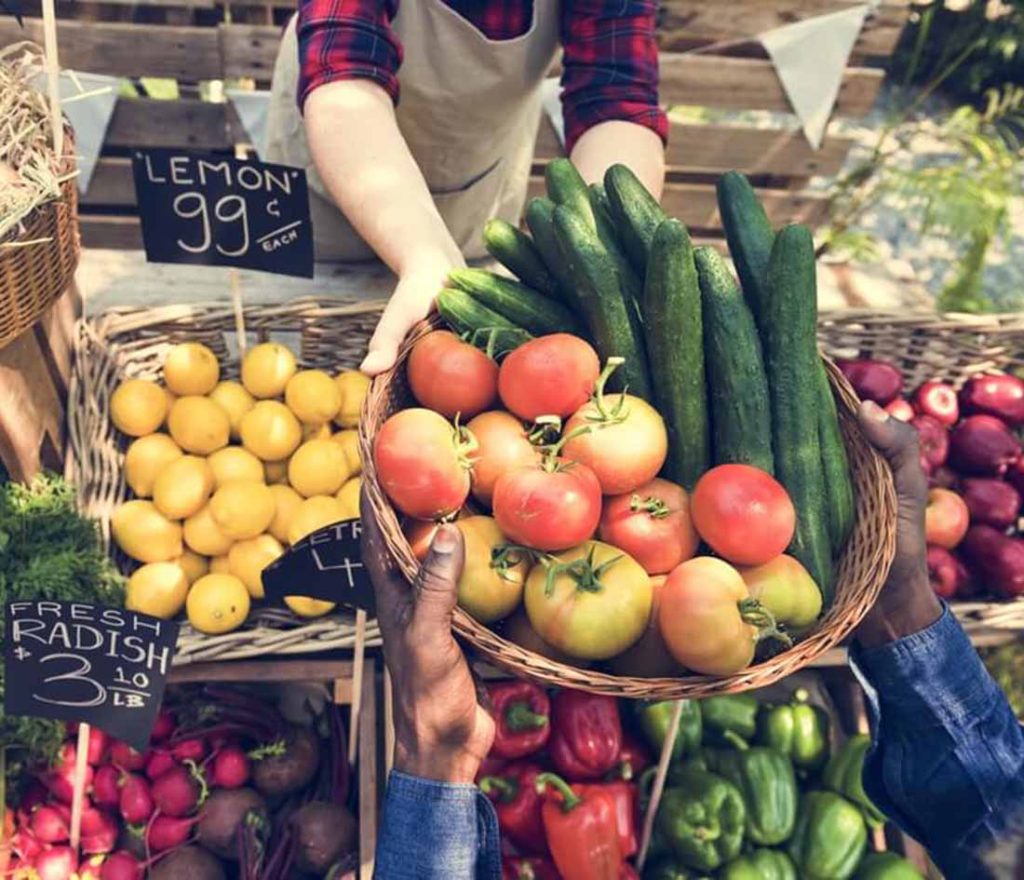
The ecological commitment in Biel’s market is not loudly advertised. There are no banners shouting “organic,” no hashtags, no branding exercises. Sustainability is not a niche—it’s simply assumed. Everyone composts. Most packaging is reusable or biodegradable. I saw more baskets than plastic bags. Several vendors offered discounts if you brought your own containers.
One farmer told me they rotate crops not because of certification, but because “the soil asks for rest.” Another explained how she lets a third of her cherry harvest fall to the ground, “to feed the roots and the birds.” Their practices are embedded in their routines, unspoken and generational.
Even the logistics reflect this mindset. Most produce is grown within 30 kilometers of the town. Deliveries are made by bicycle, trolley, or at worst, small electric vans. There’s no sense of urgency—only rhythm.
9. Flowers and Herbs: Color Beyond Utility
While food dominated the senses, the flower and herb stalls added a whisper of poetry to the market. Dried lavender bundles hung from makeshift poles, and wreaths made of alpine blooms framed windows. One elderly woman sold herbs with no names, only functions: “for sleep,” “for digestion,” “for courage.” She brewed me a small cup of mountain mint and yarrow tea. “You need this,” she said without explanation.
Another stall featured pressed flowers inside handmade paper, bookmarks, and small journals. The vendor spoke only French, but her gestures made things clear. She pointed at a daisy trapped in parchment and tapped her chest twice. “Souvenir du printemps,” she said softly. A memory of spring.
10. The Market as a Weekly Ritual
Returning on Saturday revealed a slightly different flavor. More people, more produce, and a broader array of prepared foods. There were stands offering rösti with wild garlic, raclette draped over boiled potatoes, and racily spiced sausages from Jura boars. The air was thicker, less tentative. Children carried cups of local apple juice, and couples lingered longer over cider tastings.
Saturday also brings more artisans—potters, woodworkers, soapmakers—all whose work has some connection to the region’s materials. A man from Macolin displayed bowls carved from wind-fallen trees, each still showing the grain’s irregularities. He pointed out that none were polished smooth. “Nature has a memory,” he said. “We don’t erase it.”
11. A Closing Turn Through the Alleys
Before leaving, I wandered once more through the back alleys branching off from the main square. Here the rhythm of the market softened. A boy played violin for coins beside a bakery, while a woman read poetry aloud near the old fountain.
My bag was heavier now—bread, cheese, dried apples, a small bottle of honey. But it wasn’t the items that carried weight. It was what they carried with them: time, care, place. The market doesn’t attempt to impress. It lives. And in doing so, it lets you experience something increasingly rare—a sense that life is not just made in moments, but in continuities.
Every bite, every scent, every glance at the crooked vegetables and humble stalls is a reminder that tradition is not behind us. It’s right in front of us, breathing, selling pears, and smiling without reason.
